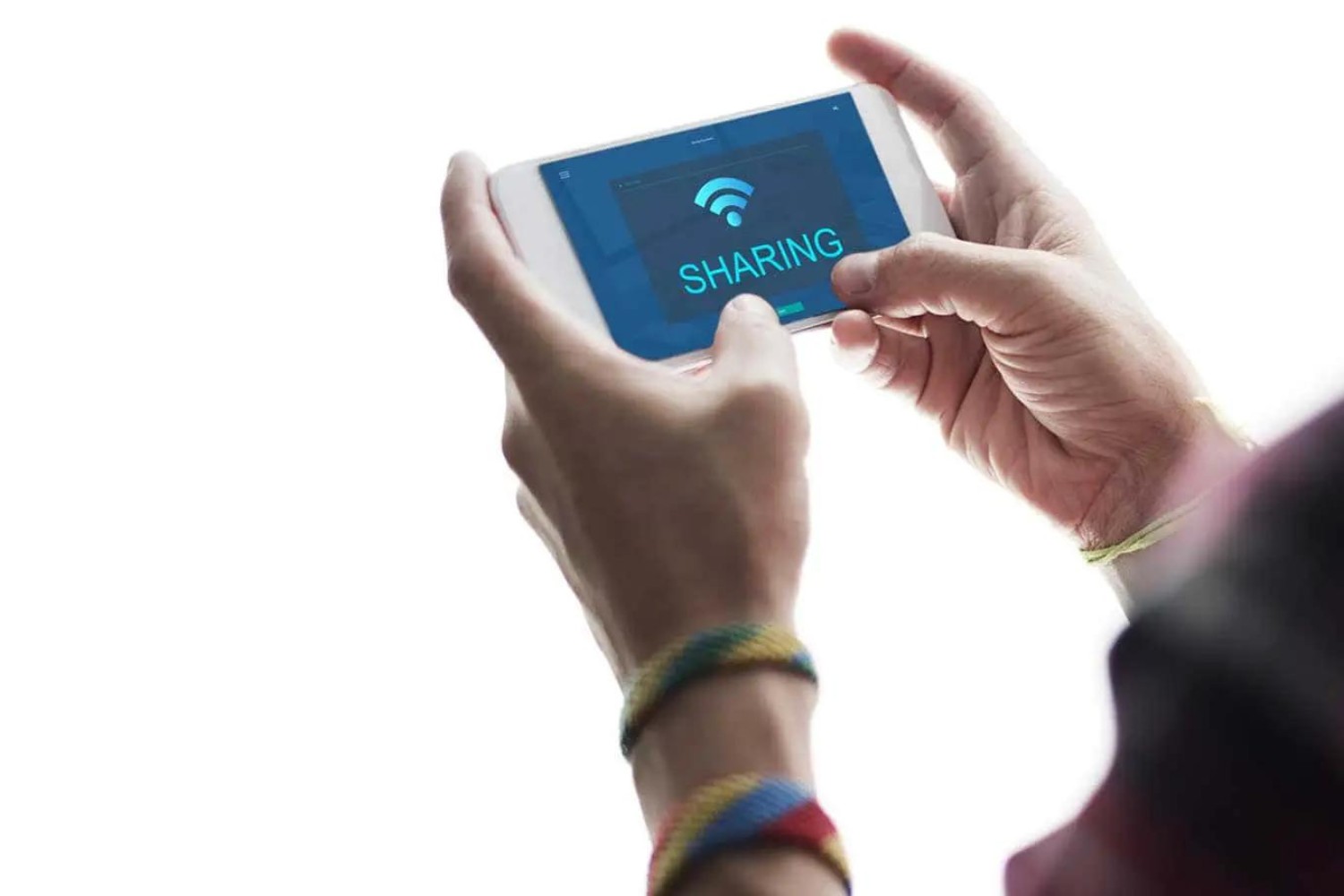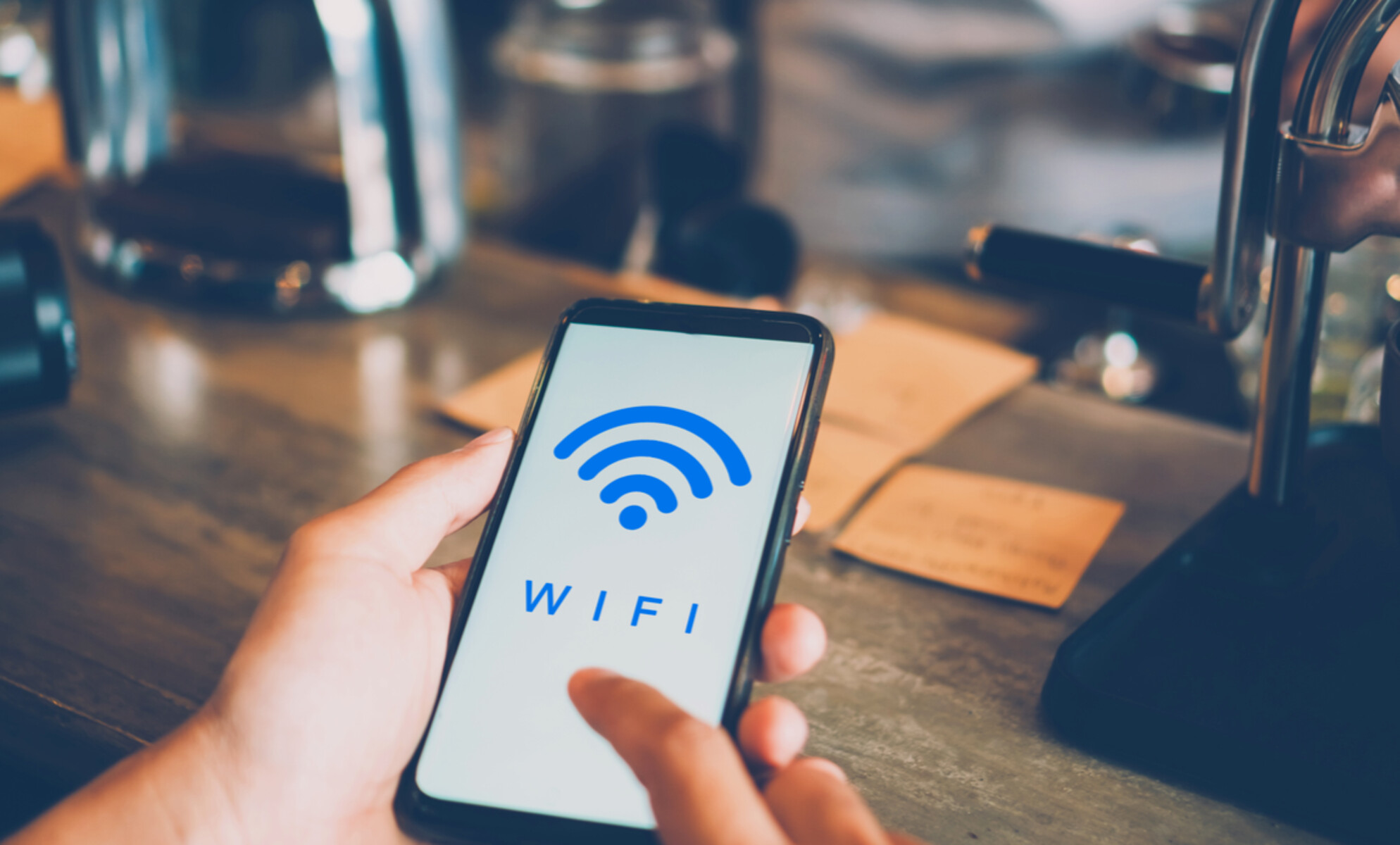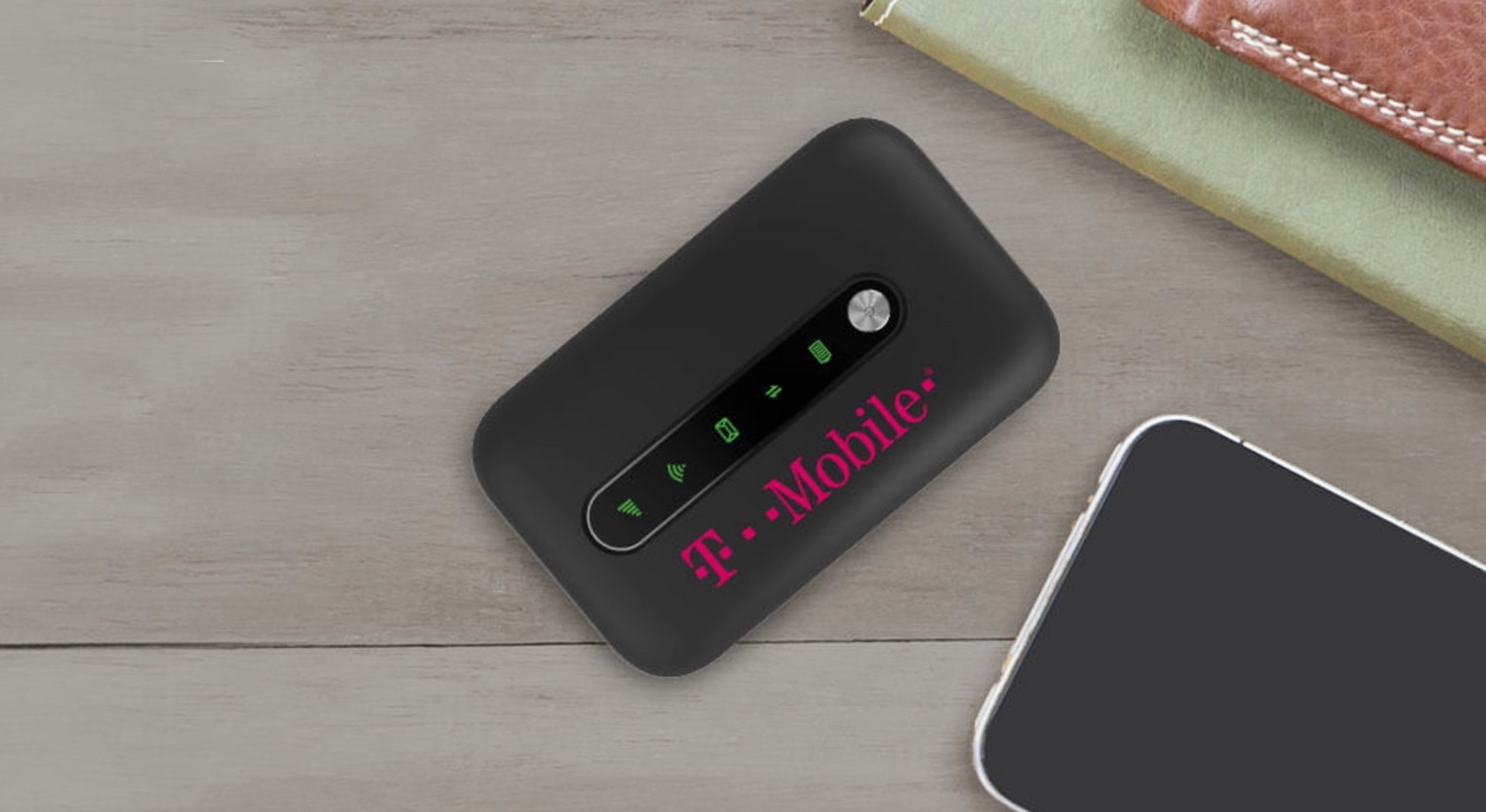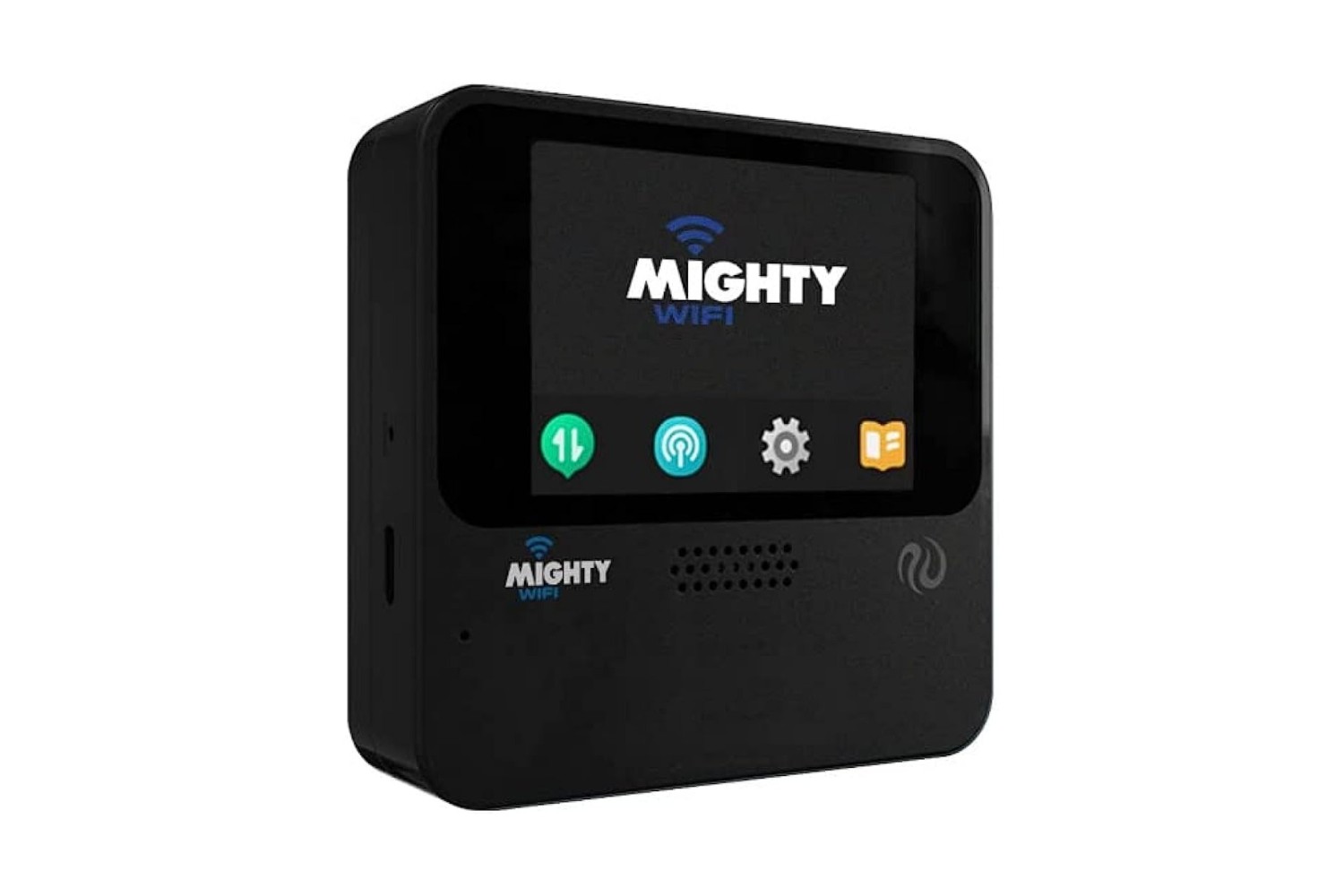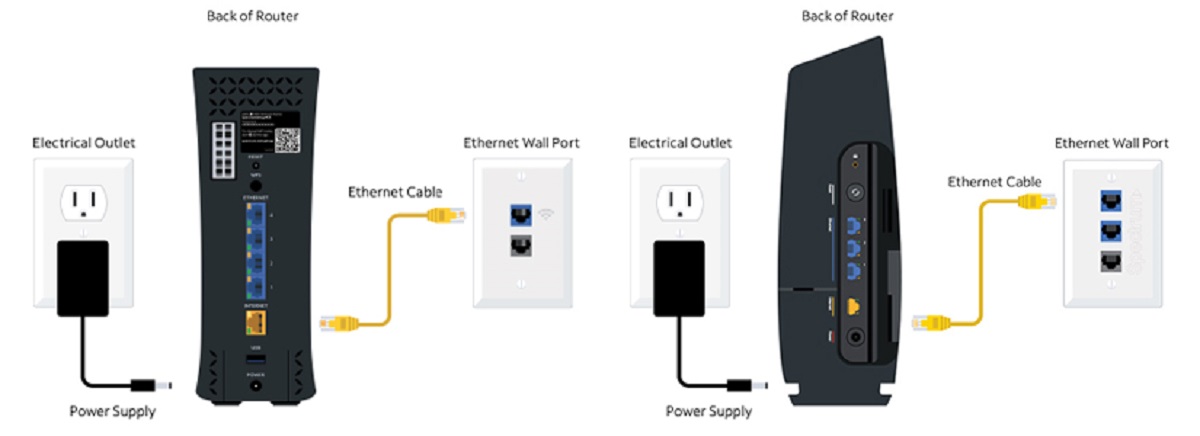Introduction
In today's fast-paced digital landscape, the ability to connect and collaborate remotely has become a necessity for individuals and businesses alike. The advent of virtual meetings has revolutionized the way we communicate, enabling seamless interactions regardless of geographical barriers. However, as the reliance on virtual meetings grows, so does the concern over data usage, particularly when utilizing a mobile hotspot for connectivity.
When it comes to conducting Zoom meetings on a mobile hotspot, understanding and managing data usage is paramount. Whether you're working from a remote location, traveling, or simply in a situation where a stable internet connection is unavailable, optimizing data usage for Zoom meetings on a hotspot can make a significant difference in both performance and cost-effectiveness.
In this comprehensive guide, we will delve into the intricacies of Zoom meeting data usage on a hotspot, offering valuable insights, practical tips, and expert recommendations to help you navigate this digital landscape with confidence. By the end of this article, you will be equipped with the knowledge and strategies necessary to make the most of your Zoom meetings while using a mobile hotspot, ensuring a seamless and efficient virtual collaboration experience. Let's embark on this enlightening journey to unlock the potential of Zoom meetings on a hotspot, empowering you to stay connected and productive, no matter where you are.
Understanding Zoom Meeting Data Usage on Hotspot
When utilizing a mobile hotspot for Zoom meetings, it is crucial to comprehend the underlying data consumption dynamics to effectively manage and optimize your connectivity. Zoom, being a feature-rich platform, consumes varying amounts of data based on several factors, including the type of content being shared, the number of participants, and the duration of the meeting.
Factors Affecting Data Usage
Video and Audio Streaming
Video and audio streaming during Zoom meetings are the primary contributors to data consumption. High-definition video feeds and clear audio transmissions significantly impact data usage. Participants utilizing webcams and those engaging in active discussions contribute to increased data consumption.
Screen Sharing and Content Collaboration
Screen sharing and collaborative content sharing, such as presentations, documents, and images, can also impact data usage. The transfer of visual content in real-time adds to the overall data consumption during a Zoom meeting.
Meeting Duration and Number of Participants
The duration of the meeting and the number of participants directly influence data usage. Longer meetings and larger participant counts contribute to higher data consumption, particularly when video and audio are consistently active.
Estimating Data Usage
To gauge the data usage during Zoom meetings, it is essential to consider the aforementioned factors. On average, a one-hour Zoom meeting with standard video and audio settings can consume approximately 540MB of data. However, this estimate can vary based on the aforementioned variables, making it imperative to understand the unique data usage patterns specific to your meetings.
Impact of Bandwidth and Signal Strength
The quality of your mobile hotspot's signal and the available bandwidth play a pivotal role in data usage. Unstable or weak signals may result in frequent fluctuations in data consumption as the system compensates for the varying network conditions, potentially leading to increased overall usage.
By comprehending these factors and their influence on data usage, you can gain a deeper understanding of the intricacies involved in conducting Zoom meetings on a mobile hotspot. Armed with this knowledge, you are better equipped to implement effective strategies for managing and optimizing data usage during your virtual interactions.
Tips for Managing Zoom Meeting Data Usage on Hotspot
When it comes to managing Zoom meeting data usage on a hotspot, implementing effective strategies is essential to ensure a seamless and cost-effective virtual collaboration experience. By leveraging the following tips, you can optimize your data usage while maintaining the quality and integrity of your Zoom meetings:
-
Adjust Video Settings: Consider adjusting video settings based on your specific requirements. Lowering the video quality or utilizing audio-only mode can significantly reduce data consumption without compromising the essence of the meeting. Encouraging participants to disable their video feeds when not essential can also contribute to data savings.
-
Optimize Screen Sharing: When sharing content during a Zoom meeting, optimize the screen sharing settings to prioritize essential content. Minimizing unnecessary screen sharing and focusing on specific elements can help conserve data, especially when transmitting high-resolution visuals.
-
Utilize Data-Saving Features: Explore and utilize data-saving features within the Zoom application. These features are designed to streamline data usage by prioritizing essential aspects of the meeting and optimizing data transmission, thereby minimizing overall consumption.
-
Monitor Participant Count: Be mindful of the number of participants in your Zoom meetings. Larger participant counts can lead to increased data usage, particularly when video and audio streams are active for multiple individuals. Consider limiting the participant count when feasible to manage data consumption effectively.
-
Leverage Bandwidth Management: If your mobile hotspot allows for bandwidth management, consider configuring it to prioritize Zoom meeting traffic. By allocating sufficient bandwidth to Zoom, you can ensure smooth data transmission while preventing unnecessary data allocation to non-essential applications or processes.
-
Educate Participants: Educate all meeting participants about data usage considerations and best practices. Encourage them to optimize their settings, especially when joining the meeting via a mobile hotspot. Empowering participants to be mindful of their data usage can collectively contribute to significant overall savings.
-
Utilize Offline Resources: When applicable, utilize offline resources for content sharing and collaboration. Pre-sharing documents, presentations, and other materials can reduce the need for real-time data transmission during the meeting, effectively minimizing data usage.
-
Regularly Monitor Data Consumption: Stay vigilant and monitor your data consumption during Zoom meetings. Utilize built-in tools or third-party applications to track data usage, enabling you to identify patterns and make informed adjustments to optimize future meetings.
By incorporating these tips into your Zoom meeting practices, you can proactively manage and optimize data usage on a hotspot, ensuring efficient and sustainable virtual collaboration without compromising connectivity or quality. These strategies empower you to strike a balance between effective communication and prudent data management, fostering a productive and cost-conscious approach to remote interactions.
Recommendations for Optimizing Zoom Meeting Data Usage on Hotspot
As you navigate the realm of Zoom meetings on a mobile hotspot, optimizing data usage becomes a pivotal aspect of ensuring seamless and efficient virtual collaboration. To achieve this, implementing the following recommendations can significantly enhance your ability to manage and streamline data consumption, empowering you to make the most of your connectivity resources.
1. Prioritize Bandwidth Allocation
Allocate and prioritize sufficient bandwidth for your mobile hotspot to accommodate the data requirements of Zoom meetings. By ensuring that adequate bandwidth is dedicated to Zoom, you can maintain stable data transmission, minimize latency, and prevent unnecessary data congestion that may arise from competing applications or processes.
2. Embrace Data-Efficient Communication
Encourage participants to embrace data-efficient communication practices during Zoom meetings. This includes utilizing audio-only mode when video is not essential, minimizing unnecessary screen sharing, and optimizing content sharing to prioritize essential visuals. By fostering a culture of data-conscious communication, you collectively contribute to efficient data usage across all participants.
3. Leverage Data-Saving Features
Explore and leverage the data-saving features within the Zoom application. These features are designed to intelligently manage data transmission, prioritizing critical elements of the meeting while minimizing non-essential data consumption. By utilizing these built-in capabilities, you can effectively streamline data usage without compromising the core functionalities of Zoom meetings.
4. Educate and Empower Participants
Educate all meeting participants about the impact of data usage on a mobile hotspot and empower them to make informed decisions regarding their connectivity settings. Encourage participants to adjust their video and audio settings based on their individual requirements, emphasizing the collective goal of optimizing data usage while preserving the essence of the virtual interactions.
5. Implement Real-Time Monitoring
Utilize tools and features to monitor real-time data consumption during Zoom meetings. By actively monitoring data usage, you can identify patterns, pinpoint areas of potential optimization, and make informed adjustments to enhance the efficiency of future meetings. This proactive approach enables you to adapt and refine your data management strategies based on empirical insights.
6. Utilize Offline Resources Where Feasible
When feasible, leverage offline resources for content sharing and collaboration. Pre-sharing documents, presentations, and other materials can significantly reduce the need for real-time data transmission during the meeting, effectively minimizing data usage without compromising the collaborative aspects of the interactions.
By embracing these recommendations, you can proactively optimize Zoom meeting data usage on a hotspot, fostering a culture of efficient and sustainable virtual collaboration. These strategies not only empower you to manage data consumption effectively but also contribute to a cohesive and cost-conscious approach to remote interactions, ensuring that connectivity limitations do not hinder the productivity and quality of your virtual meetings.









